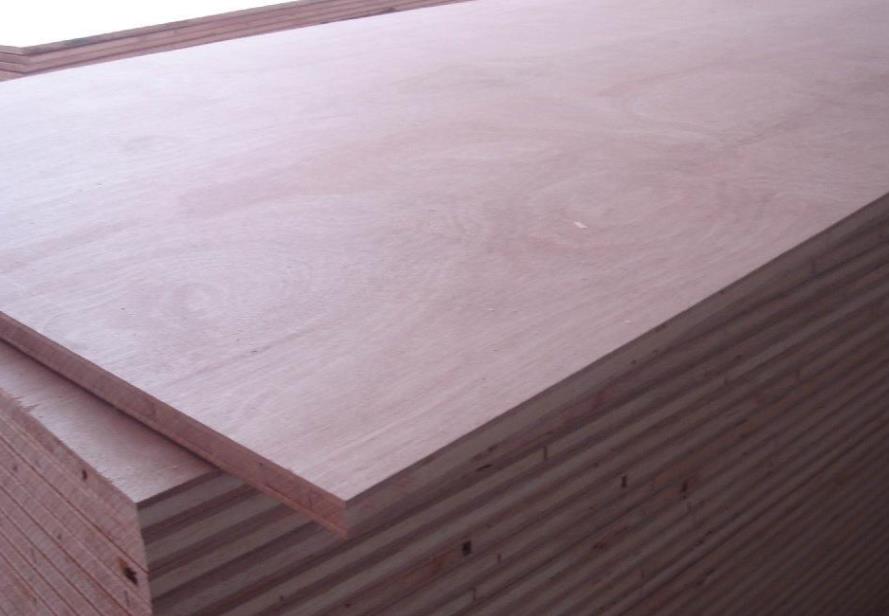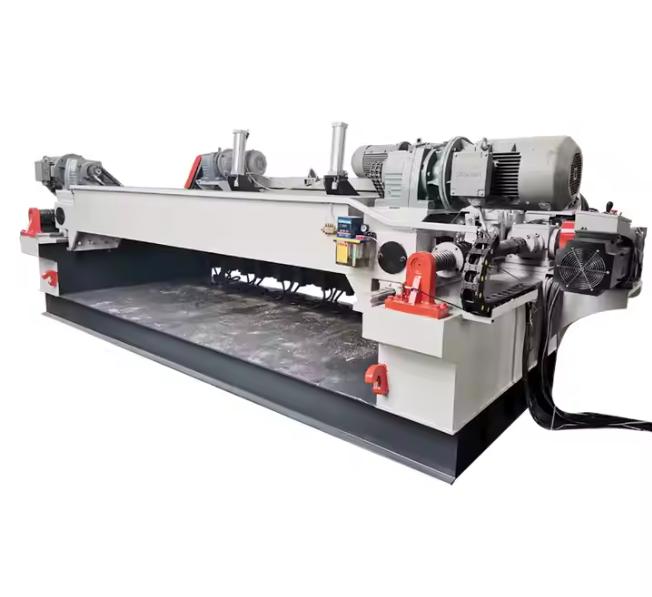|
Type |
Applicable Thickness |
Flatness |
Drying Efficiency |
Features |
|
Belt-Type Dryer |
≥0.5mm |
Moderate |
High |
Suitable for thin veneers |
|
Roller-Type Dryer |
≥1.0mm |
High |
Medium |
High pressing force, good flatness |
|
Platen-Type Dryer |
Based on specific needs |
High |
Medium |
Suitable for high-precision applications |
The choice of veneer drying equipment depends on the thickness of the veneer, production efficiency requirements, and flatness needs. In industrial applications, belt-type dryers are commonly used due to their adaptability to thin veneers, while roller-type dryers are preferred for thicker veneers requiring higher flatness standards.
 How to maintain the wood veneer
How to maintain the wood veneer
01 January,1970
 How to evaluate the production
How to evaluate the production
01 January,1970
 What is the yield rate of eucal
What is the yield rate of eucal
01 January,1970
 New glue technologies for plywo
New glue technologies for plywo
01 January,1970
 What is the Veneer Drying Equip
What is the Veneer Drying Equip
01 January,1970
 Working Principle of Wood Spind
Working Principle of Wood Spind
01 January,1970